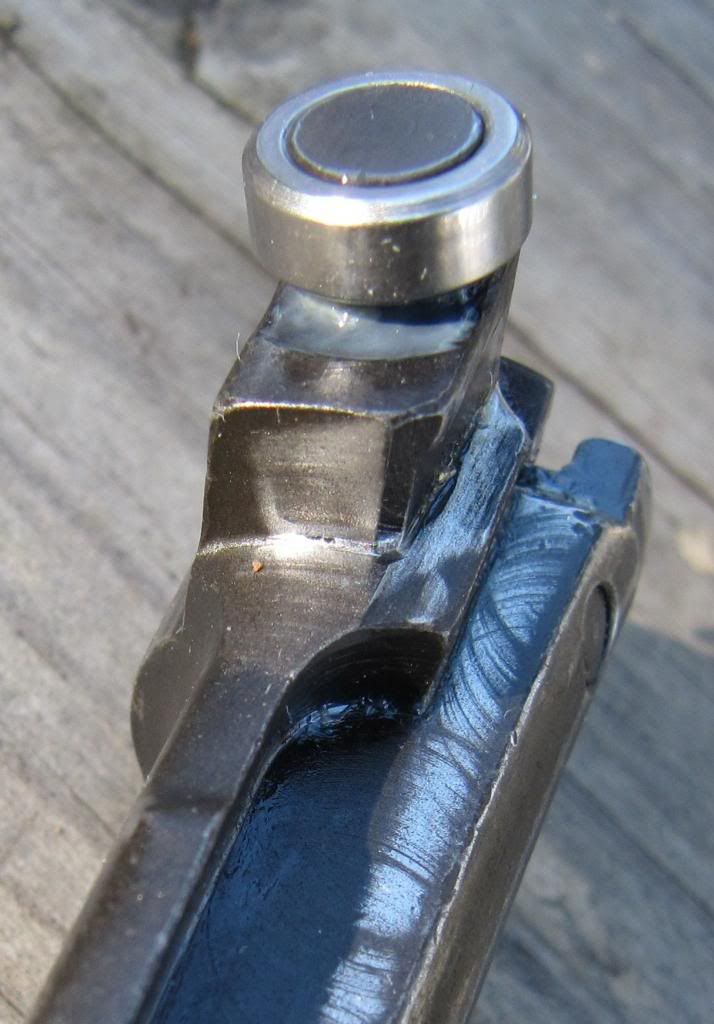The off season is approaching for us and this ia when I usually tear down my guns and tinker. This year I am starting to get alittle bit more ambitious with my projects. I have a marlin .17hmr and a model 700 .270 I am wanting to check the lugs for contact.
How do ya'll feel about the shell cut in half with a spring in the middle method? From what I have seen it keeps you from having to remove the barrel which caught my eyes because I dont have the necessary equiptment to do so. I was going to check the lugs with layout fluid, lap the surfaces with 600 grit compound until I get 75% contact and throughly clean out the action to remove the compound. Has anybody used this method?
How do ya'll feel about the shell cut in half with a spring in the middle method? From what I have seen it keeps you from having to remove the barrel which caught my eyes because I dont have the necessary equiptment to do so. I was going to check the lugs with layout fluid, lap the surfaces with 600 grit compound until I get 75% contact and throughly clean out the action to remove the compound. Has anybody used this method?

